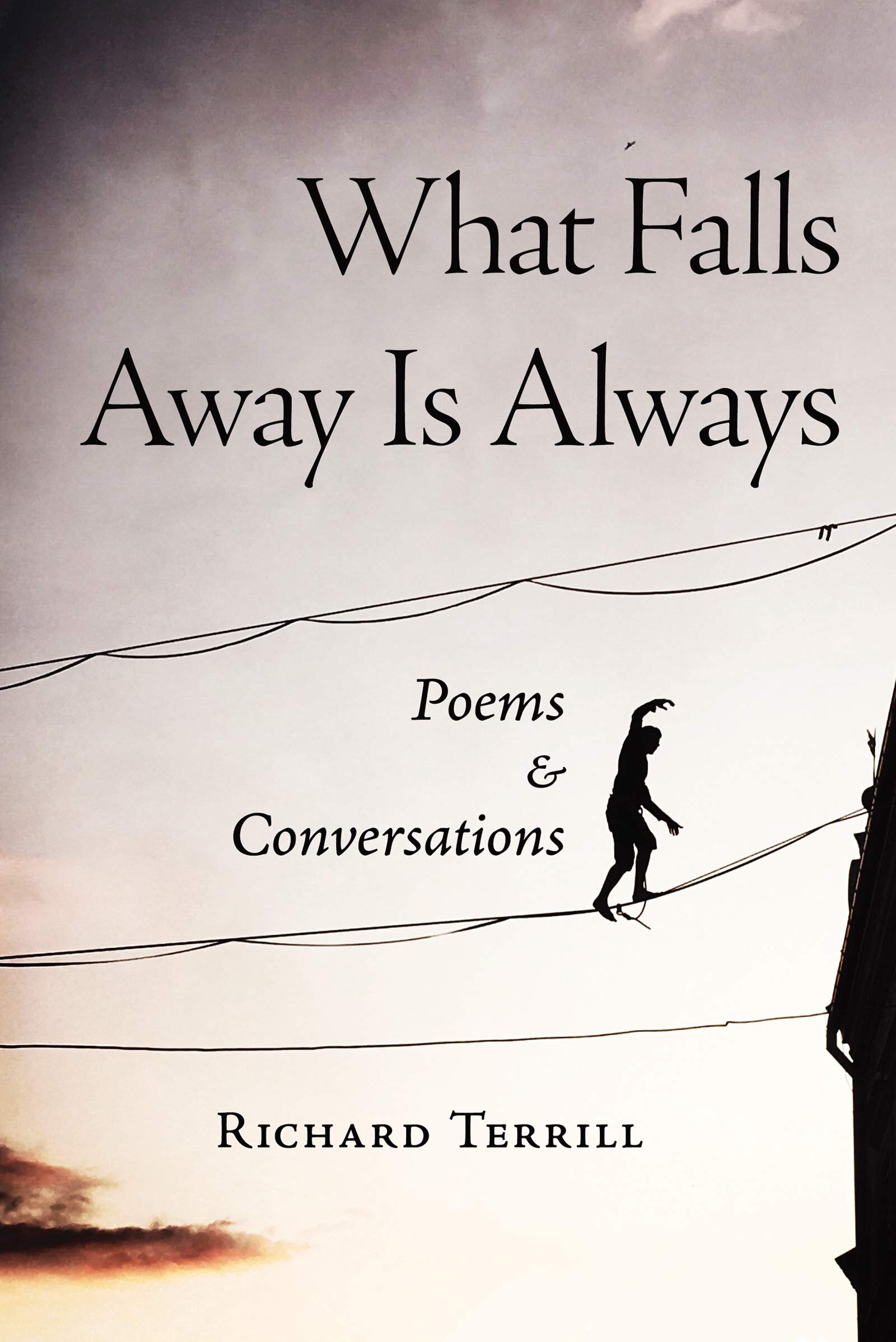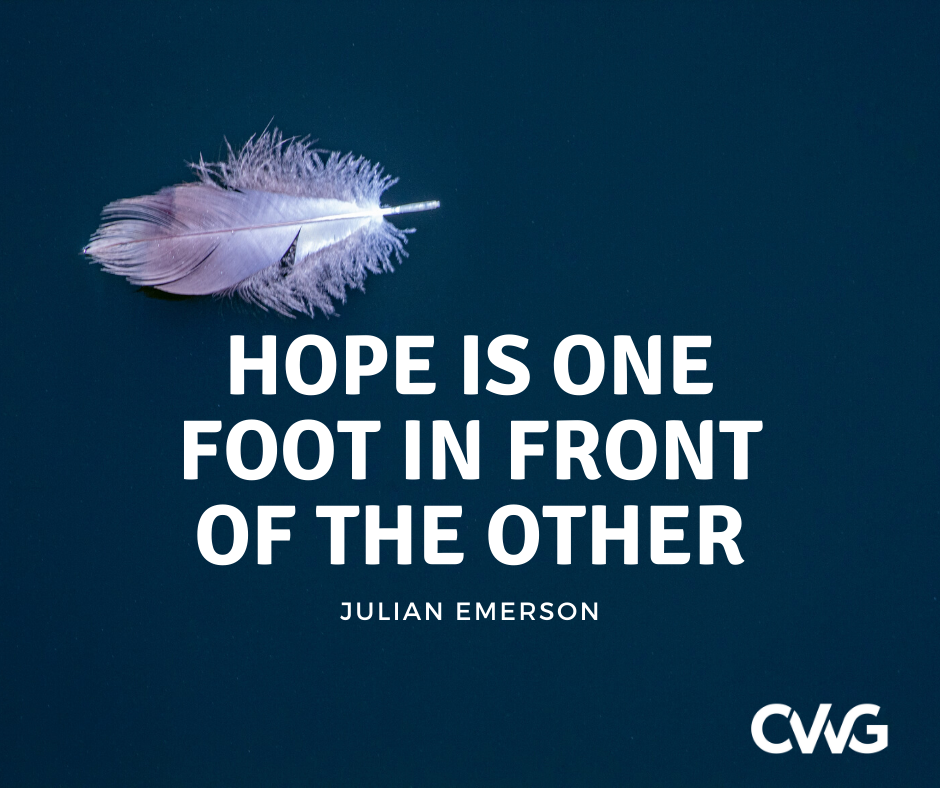Dalton Hessel
There’s a pile of multi-colored notebooks that sit on my windowsill. They aren’t leather bound journals with paper delicate enough to make the Founding Fathers blush. They are notebooks scavenged from the shelves of a local Dollar Tree. “Don’t quit your day job,” is what they tell us as writers, so this was my means of pinching pennies from the very beginning. The words that found the pages of these notebooks eventually worked their way into paperback books sold out of my backpack in between classes at UW-Eau Claire. Those same books (and some new additions) are now in cardboard boxes in the back of my Subaru named “Alfred.” While I’m far from any bestseller lists, I’m thankful for the journey these erase marks and scribbles continue to take me on.
“Looking back on it now, I treat that first book of mine like an awkward first kiss; it wasn’t pretty, but it happened”
I published my first book when I was a senior at Hayward High School in northern Wisconsin. Looking back on it now, I treat that first book of mine like an awkward first kiss; it wasn’t pretty, but it happened. Since then, I’ve realized the importance of continually working at the craft of writing. If I am lucky, I will be able to plan for morning writing sessions while tucked in the corner of a coffee shop. The majority of the time I am opening the notes on my phone at 1 a.m. because a thought came to my head while lying awake. (Something that happens quite frequently in the Wisconsin summers while living in an apartment with no air conditioning.) I’ve learned that it doesn’t matter where you write or what you write as long as you continue to write. We can envision holding awards and the book tour autograph sessions all we want, but nothing happens until our pencil hits the page.
Creating these days can be a rather daunting and scary process. Not that it hasn’t always been, but putting yourself out there for the Internet to see is intimidating. I’ve gotten into the habit of sharing short pieces of my poems on Instagram and Facebook in hopes to stir up some interest with my writings. There’s something about sharing what’s on your heart at the time with the world that often holds me back from hitting that “post” button. I think we as writers owe it to ourselves to be true to the words we put on the page, but there’s always that lingering fear of it being rejected by the world. The thought of “but what if I don’t?” has started to overpower the fears that riddle me.
I believe that I will always hold onto those cheap notebooks and I will continue to buy them as I move forward as a writer. Their covers are starting to crack and the pages that still smell of coffee shops throughout the Midwest are frayed and worn. But despite their decay, they’ll continue to serve as a reminder to me of the writing process and the beauty that one can find in writing yourself out of the bargain bin.
Dalton Hessel’s most recent book the ramblings of a twentysomething can be found here.
Also, be sure to check out The Northern Nerd and follow their page on Facebook to see what’s happening in the northwoods of Wisconsin.






























